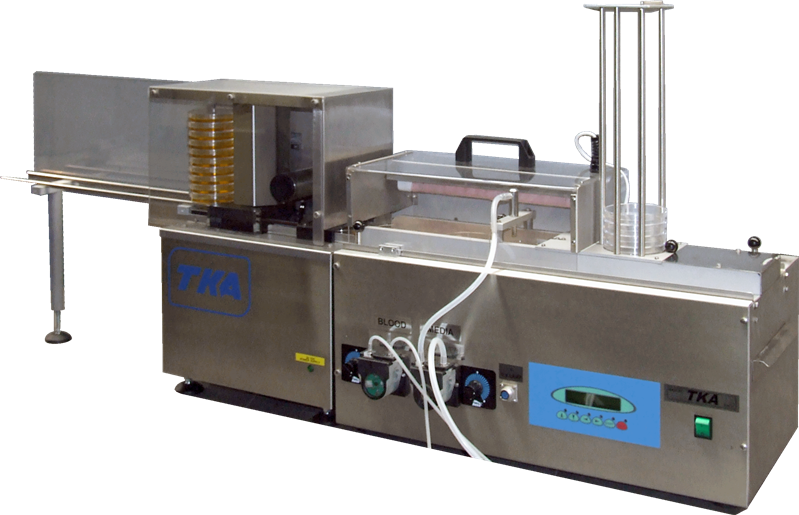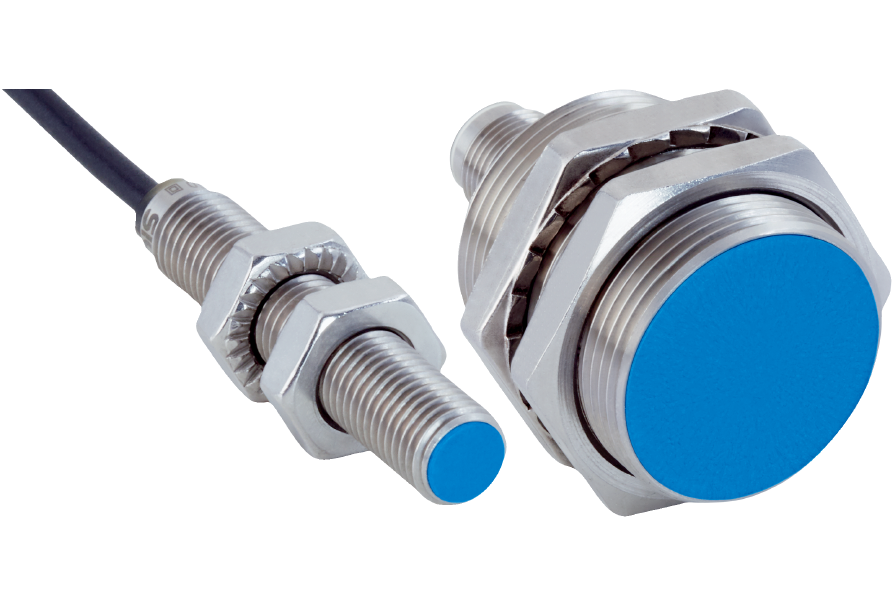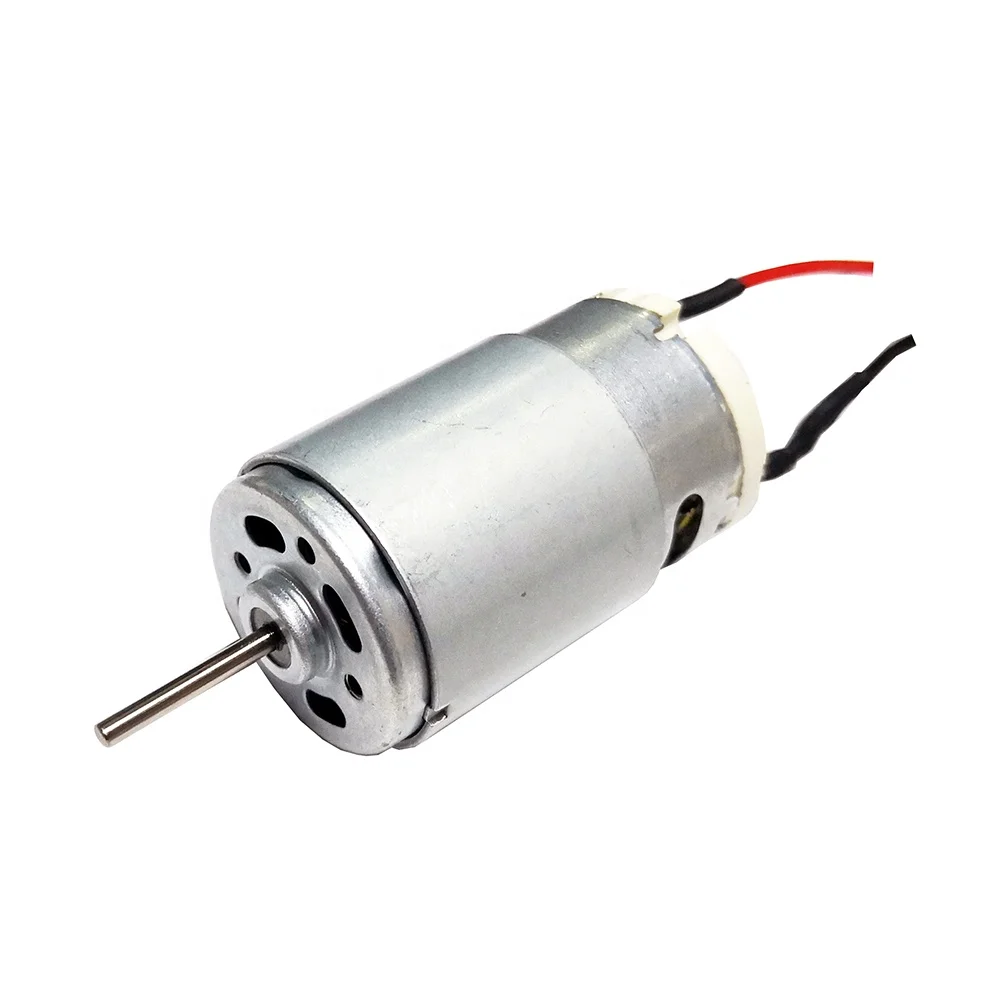2. Pertinent Gathering information - J-division-2020-2021-even/Repo-06 GitHub Wiki
NEED FOR AUTOMATION IN LIFE SCIENCE RESEARCH LABORATORIES
From generation to generation, mechanised tooling has replaced swathes of manual works. Life science research conducted within the academic institutions has also welcomed the ingress of mechanised equipment designed to automate a series of task. Laboratories in a clinical setting have also experienced the benefits of adapting automation.
WHAT ARE THE BENEFITS OF INTRODUCING AUTOMATION IN LABORATORIES?
1. Reproducibility
- Reproducibility is a major concern for the research community.
- An improvement in reproducibility is cited as a beneficial effect of automation implementation within the laboratories.
- Automation can assist in reproducibility improvement in 3 ways: decrease in human-induced variability, increase in the data generation rate and a decrease in contamination.
- Laboratory protocols where manual operations have been automated demonstrate the greater consistency in their results and hence improve experimental reproducibility. *Automation can remove contact with human operators or reduce potential contaminant exposure by lowering the required number of manual handling steps.
2. Laboratory Efficiency
*Efficiency is considered of supreme importance within manufacturing. *By investing in automation, we can increase the rate of production and also reduce the resources needed to achieve the rate.
- Allowing an operator to set a protocol in operation and walk away to think and focus on other tasks is a valuable function for any automation equipment. *Automation can provide a higher level of precision in chemical dispensing.
3.Faster Translation
*Researchers who include automation technologies at an early stage are subsequently better placed to upscale their processes *By considering and including automation at an early stage in the research process, crucial elements of the process can be mechanised, increasing product quality and production rates in the laboratory before the jump to manufacturing.
4.Safety
*By assigning dangerous handling tasks to automated machinery, the exposure of humans to hazardous substances can be reduced.
WHAT IS A PETRI DISH?
A shallow transparent lidded dish, usually made up of glass or plastic that biologists use to hold growth medium in which cells can be cultured is A petri dish that is also known as a Petri plate or cell-culture dish. Petri dishes are widely used in biology to cultivate microorganisms such as bacteria, yeast and molds. It is most suited for organisms that thrive on a solid or semisolid surface. It is often used metaphorically. It can be found in any immunology laboratory in the world and its basic design has not changed since it was first invented in 1887 by a German microbiologist called Julius Richard Petri. Agar plates are petri dishes containing agar in combination with a growth medium to culture microorganisms such as bacteria.

Automatic petri plate loading machine: MINIPETRI
The above-mentioned machine fills around 550 petri plates per hour. Complete with UV lamps, automatic petri dishes opening/ closing device, dispensing tunnel and unstacker for the automatic dispensing of the empty petri dishes. Various interchangeable dispensing tunnels are available in order to give the possibility to work with any size of dishes of diameter ranging from 50 mm to 150 mm. The system provides the possibility to add blood or additives directly to the culture media mixing it on line.

Technical specifications of the machine:
• Each petri plate is unloaded from the stacker, opened, filled, closed and expelled.
• Processes about 550 plates per hour.
• Supports the petri plates of the diameter ranging from 50 mm to 150 mm.
• Petri dishes height ranges from 15 mm to 21 mm.
• Sterility conditions: Kept by UV lamp over the dispensing tunnel.
MECHANICAL COMPONENTS
Sensors
Sensor as an input device which provides an output signal with respect to a specific physical quantity (input). The simplest example of a sensor is an LDR or a Light Dependent Resistor. It is a device, whose resistance varies according to intensity of light it is subjected to. When the light falling on an LDR is more, its resistance becomes very less and when the light is less, well, the resistance of the LDR becomes very high. Every sensor has three terminals: Vcc, GND and output.

Conveyors
A conveyor belt is the carrying medium of a belt conveyor system (often shortened to belt conveyor). A belt conveyor system is one of many types of conveyor systems. A belt conveyor system consists of two or more pulleys (sometimes referred to as drums), with a closed loop of carrying medium—the conveyor belt—that rotates about them. Belt conveyors are the most commonly used powered conveyors because they are the most versatile and the least expensive.
DC Motors
A DC motor is any of a class of rotary electrical motors that converts direct current electrical energy into mechanical energy. DC motors were the first form of motor widely used, as they could be powered from existing direct-current lighting power distribution systems. A DC motor's speed can be controlled over a wide range, using either a variable supply voltage or by changing the strength of current in its field windings.

Indicators
Indicator purpose is to provide a human readable indication of an instrument signal in automation and industrial instrumentation systems. Digital indicators are flexible devices which can be used in many different fields such as industry and. research, as well as for a wide variety of measurement works. Digital indicators allow the user to view diverse parameters such as temperature, humidity, vibration, normalized signals, etc.

Arduino Uno R3
Arduino microcontrollers are pre-programmed with a boot loader that simplifies uploading of programs to the on-chip flash memory. The Arduino Uno is one of the most common Arduino boards available, and it has some user-friendly features. The Arduino Uno R3 is a microcontroller board based on a removable, dual-inline-package (DIP) ATmega328 AVR microcontroller. It has 20 digital input/output pins (of which 6 can be used as PWM outputs and 6 can be used as analog inputs).

MECHANISM OF WORKING OF THE AUTOMATIC PETRI DISH LOADING MACHINE
Petri dish loading machine is used for filling M.S media in the petri plates. The basic unit consists of base structure, stainless steel slat conveyor belt and filling needles. The speed depends on nature of media, diameter and height of the container and also the size of the petri plate. The incoming petri dishes are are fed on the conveyor and they move further at the required speed of the correct placement below filling unit. They are provided with sensors to sense the plates and thus provide an indication of initiation with LEDs. The plates are stopped and loaded with linear agar through filling units. Once the process is completed, the indication of termination is given and the plates are moved towards collecting unit where they are collected. The whole process is carried out under the Ultraviolet environment as the U.V radiations of short wavelength kill the microbes by destroying the nucleic acids and disrupting their DNA.
References
https://www.sciencedirect.com/topics/engineering/petri-dish https://en.wikipedia.org/wiki/Petri_dish https://neutecgroup.com/resource-library/customer-success-stories/210-customer-success-stories-highlighting-neutec-group-s-media-pouring-systems https://www.ncbi.nlm.nih.gov/pmc/articles/PMC7691657/ https://www.electronicshub.org/different-types-sensors/ https://en.wikipedia.org/wiki/Conveyor_belt https://instrumentationtools.com/indicators/ https://en.wikipedia.org/wiki/DC_motor https://www.pololu.com/product/219 https://www.sparkfun.com/products/11021